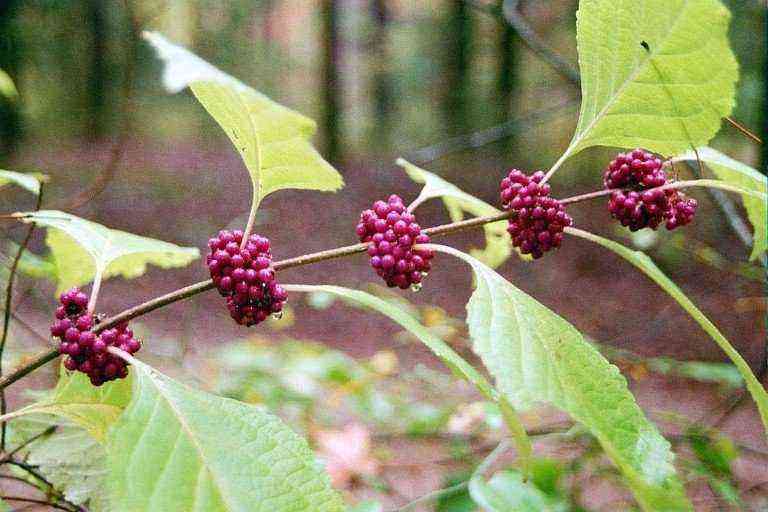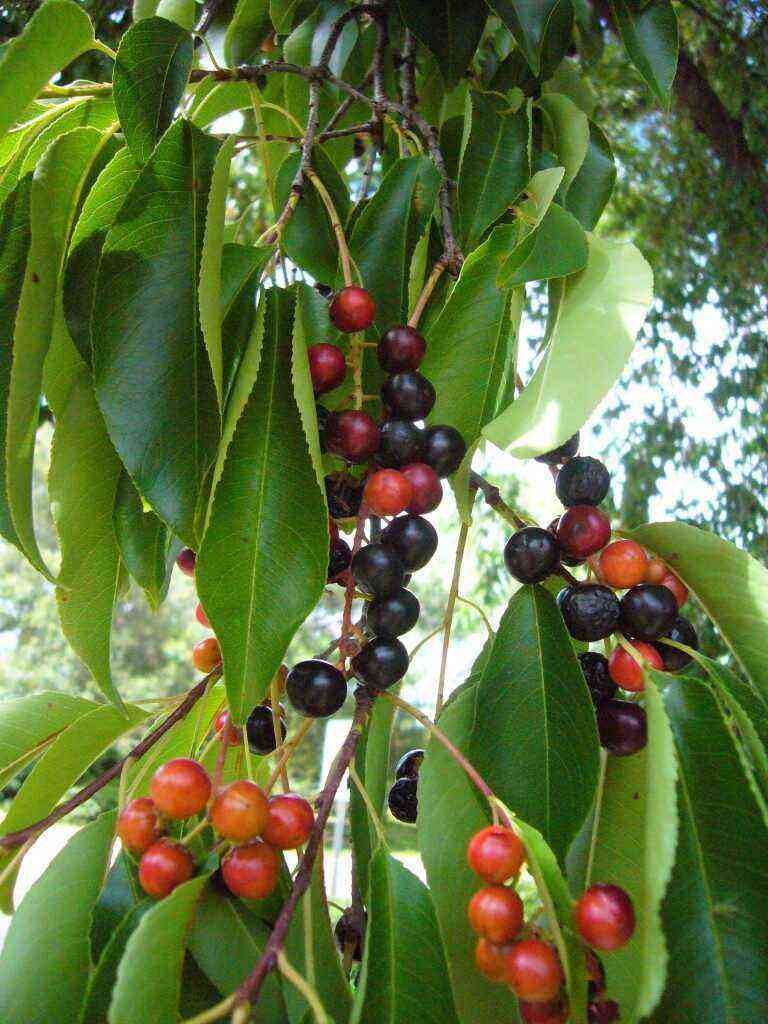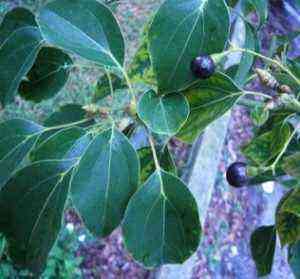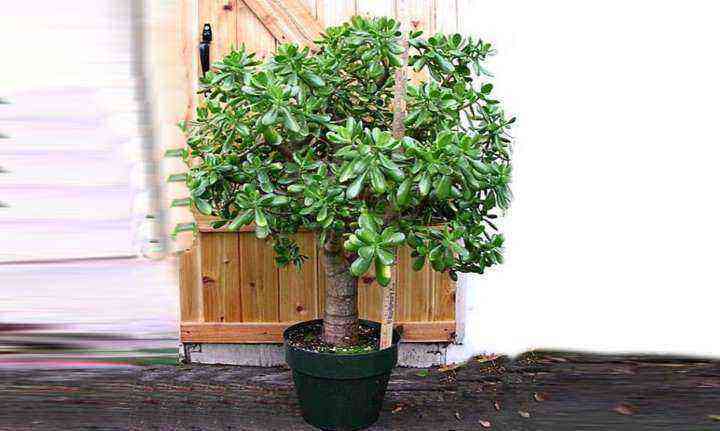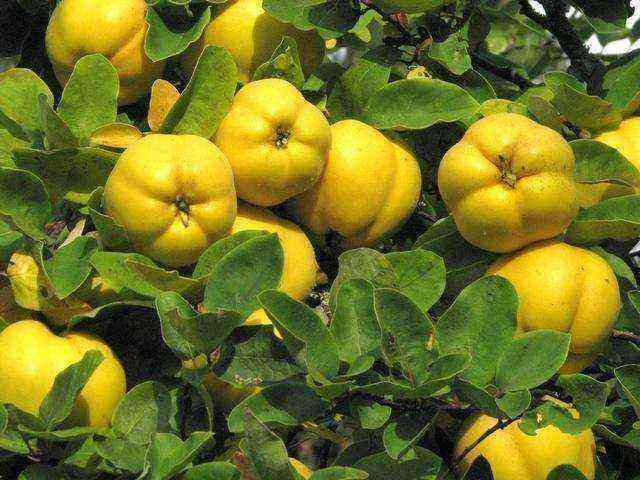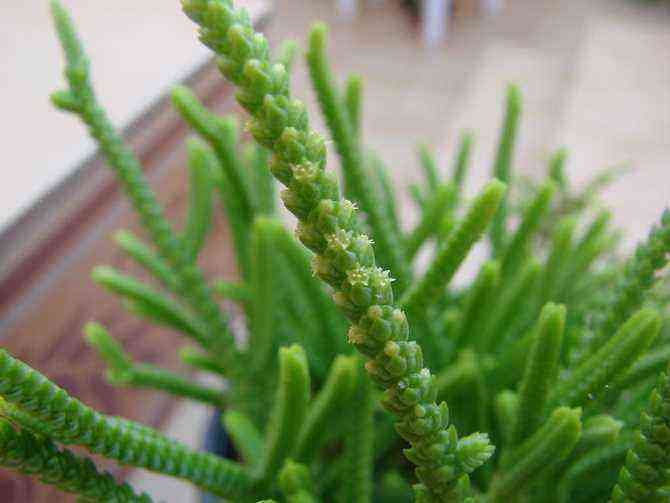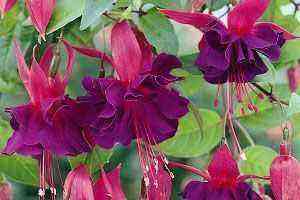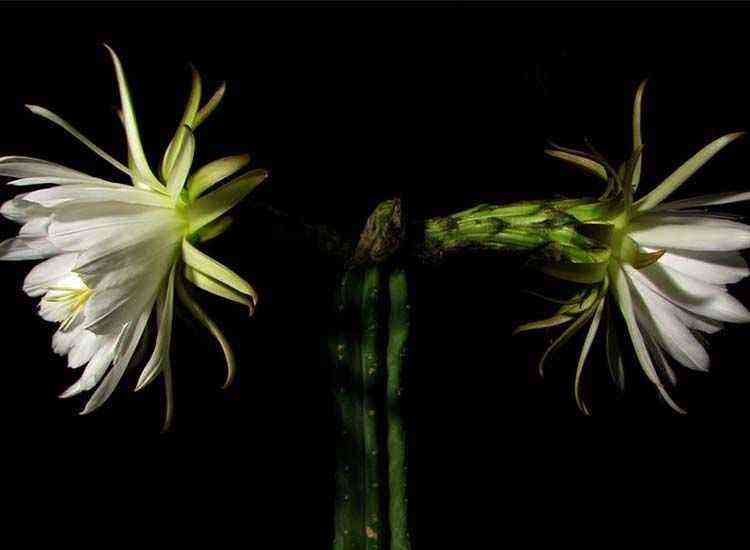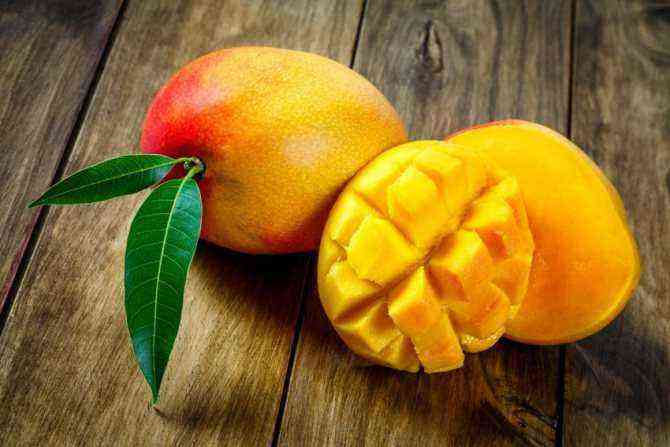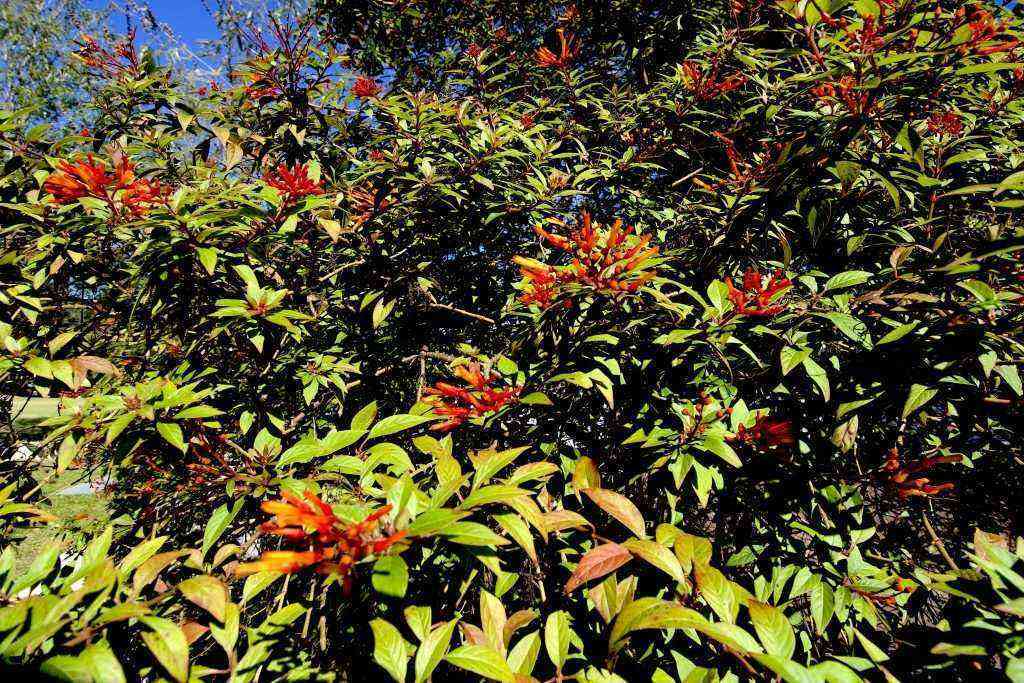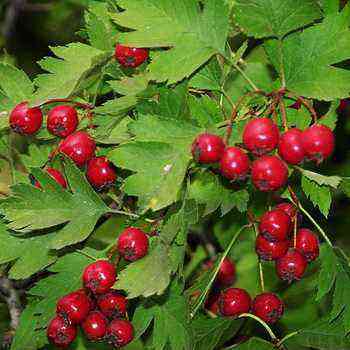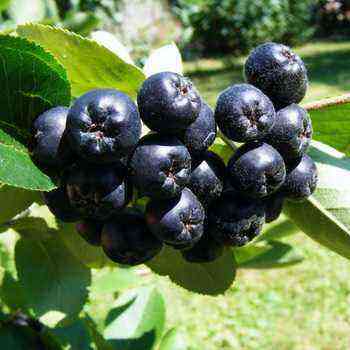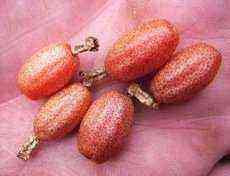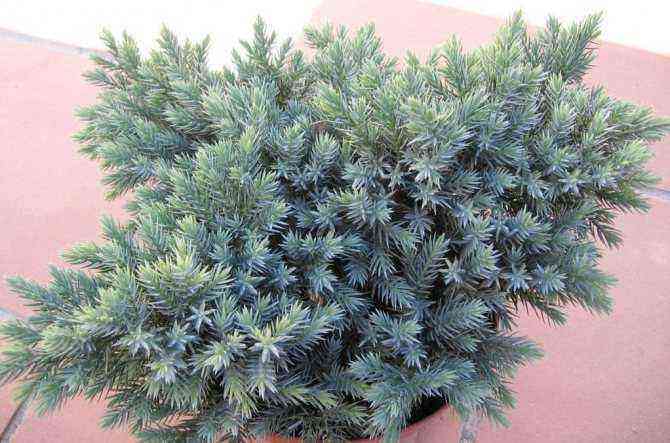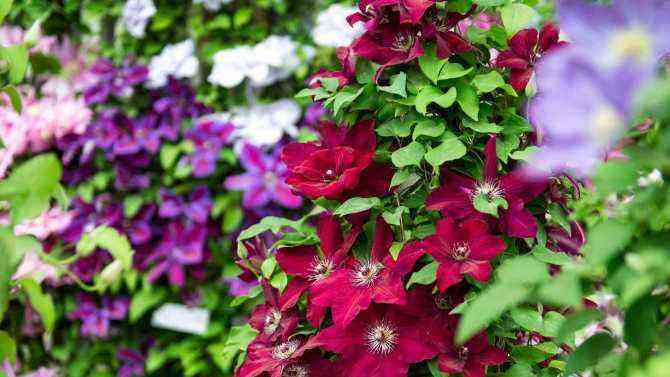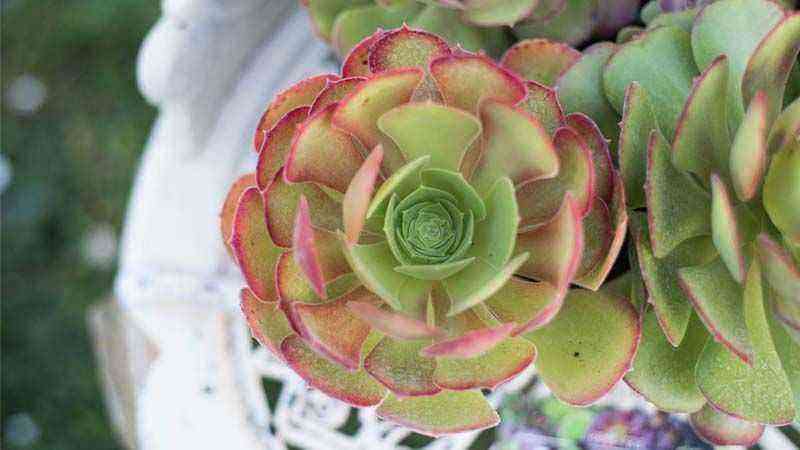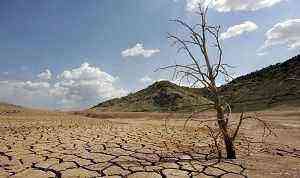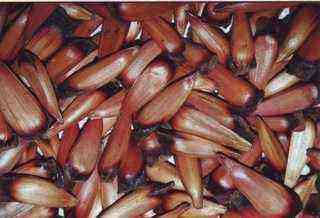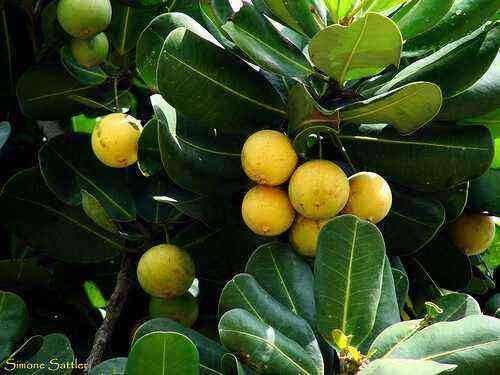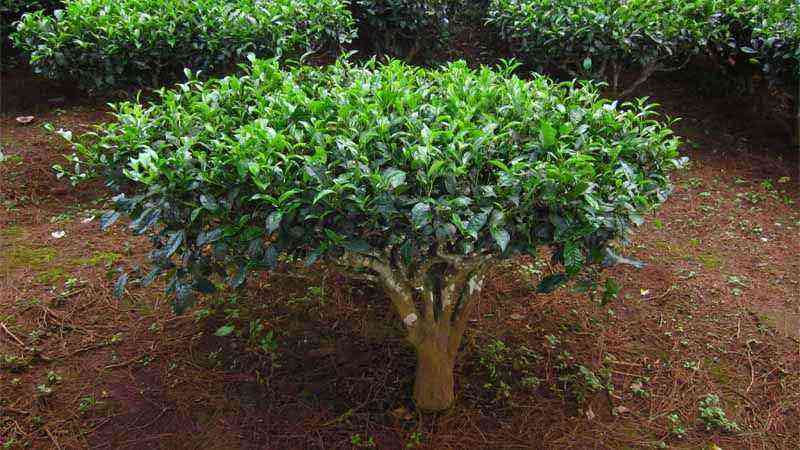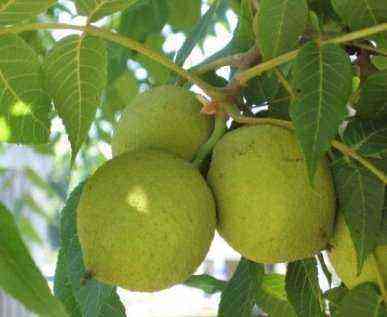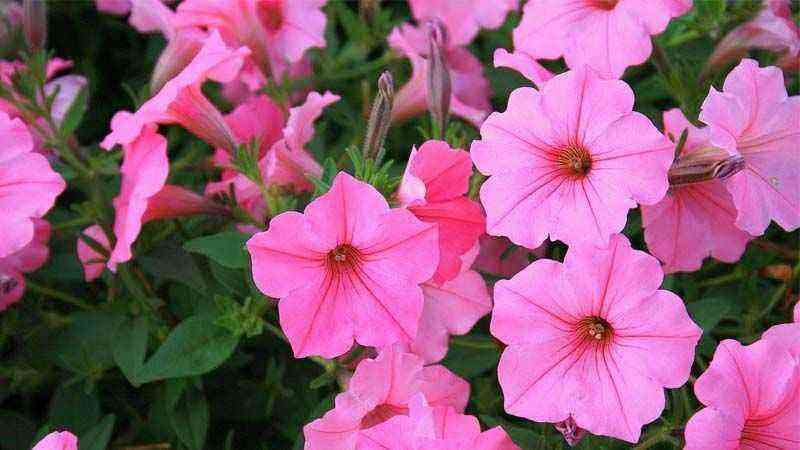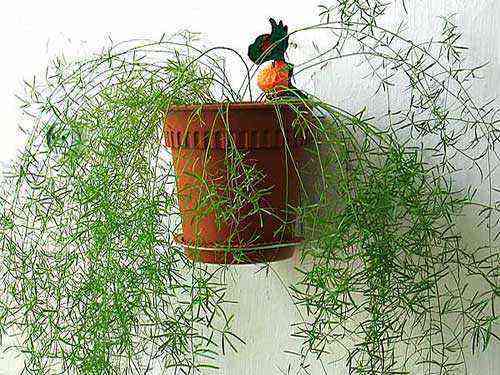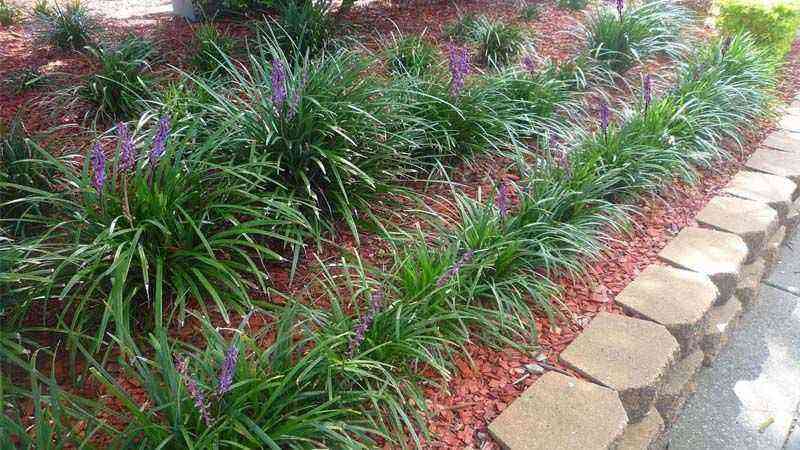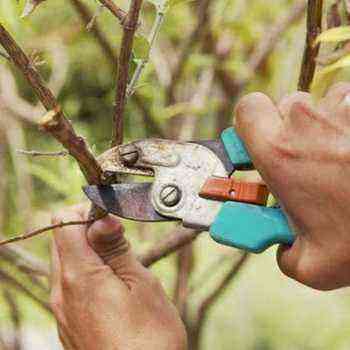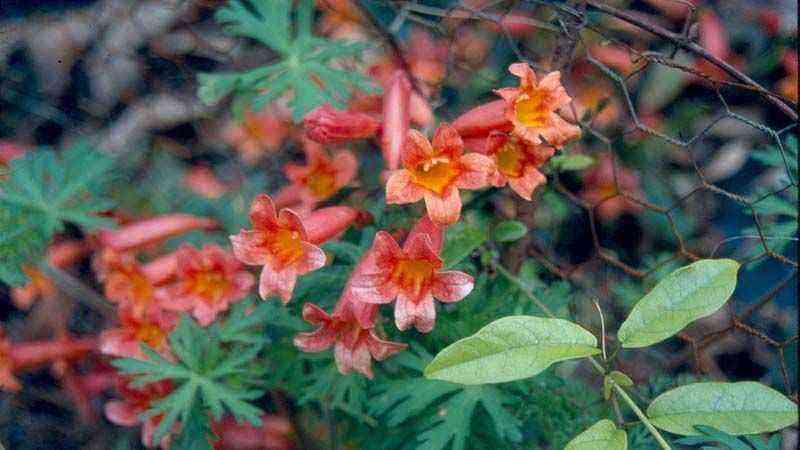To maintain a high yield of vegetables and fruit and berry crops, gardeners use mineral fertilizers, herbicides and pesticides, and in the fight against pests, plants and the soil in which they grow are treated with insecticidal preparations, which does not add fertility to the soil, and if it does, then on very short term. However, all these drugs have a destructive effect on the structure of the soil, and in order to stop this process and restore the fertility of the earth, it is necessary to constantly increase the amount of organic matter in it. This is achieved, and in the shortest possible time, by the introduction of greening technology.
Siderata are plant fertilizers, plants grown for subsequent embedding in the soil in order to improve its structure, enrich it with nitrogen and prevent weeds from developing in it. Green manures plowed into the soil are rich in sugars, starch, proteins and microelements. They create compost on the surface and protect the surface layer from blowing and erosion, and their roots improve the mechanical structure of the soil. The effectiveness of green manure for improving fertility is approximately the same as that of manure. Siderata are grown to loosen and disinfect the soil, increase its fertility, protect plants from spring return frosts, from pathogens and pests, and to obtain organic mulch.
Siderata have been used in agriculture since ancient times: more than three thousand years ago, they were already grown in Indonesia, China, India and Central Asia, and from the 4th to the 3rd century BC, siderates were effectively used by the Mediterranean countries. In Central Europe, the cultivation of green manure gained popularity in the 19th century.
What green manure to sow before winter
Siderata are sown in autumn in order to increase the organic mass in the soil, this is the best natural fertilizer, which will subsequently allow obtaining excellent yields. The cut “tops-roots” will decompose and saturate the soil with organic matter, becoming food for subsequent plants. Rotting, the roots will form channels in the soil, which will loosen it without digging, thanks to the preserved porous structure, water and air will flow through them to new plants.
Thanks to the green manure planted in autumn, soil fertility is not destroyed, the plants grow strong. Be guided by the rule: it is better to sow green manure than not to do it and then regret it.
A frequently asked question is which green manure is better to plant. It is better to make a mixture of suitable green manure and sow several species, because each of them gives the soil something different. The mixture will have a set of properties that will be, if not optimal, then very diverse and most likely necessary for your soil.
In our example: carrots belong to the Celery family, any siderates are suitable (since there are no siderates belonging to this family) Onions are the Onion family, beets belong to the Amaranths (Marevs), any siderates are also suitable for them. Radish – for Cabbage (Cruciferous), before planting radishes, you must not plant white mustard, oil radish and rapeseed. Lettuce – of the Astrovye family, you cannot plant sunflowers. Zucchini is Pumpkin – any siderates.
Therefore, we use mustard, radish and rapeseed in the garden where there is no radish. And where we have planned planting radishes, onions, carrots, beets, we will take buckwheat, annual lupine (ideal green manure for sandy soils), barley vetch, phacelia as green manure. So we decided on the selection of crops and the type of green manure that needs to be planted.
Sequence of work
Our task is not only to improve the condition of the soil, but also to do it with the least physical effort. After all, this is our garden should be for us, and not we – for the garden.
Therefore, you should not carefully prepare the soil before sowing green manure seeds, removing the remnants of vegetables and weeding in advance. The sequence of work will be as follows.
We prepare a mixture of green manure for planting – we mix the selected varieties in one container. For example, white mustard, oil radish, spring rape for the garden for future planting of zucchini. And buckwheat, lupine, barley vetch for the garden with radishes.
Siderata are usually sown thickly, the seeding rates are indicated on the packages. Better to use fresh seeds. If your green manure is expired – take more, compensating the percentage of germination with the amount
We sow siderates by simply scattering them. Don’t worry if the seeds are clearly visible, especially the large ones (such as lupine), and the birds may peck them. We will close them together with loosening the soil. If something from the weed seeds that have fallen into it sprout, let it also sprout, they will also fit to build up the organic mass.
They plow the seeds of planted green manure with any of the tools convenient for you for surface loosening of the soil: with a large Fokin flat cutter (it is most convenient for them), a weeder or a hoe
With a flat cutter we prune the weeds, passing first in one direction, then in the opposite direction – we level the formed pits-piles. It turns out that we loose the earth and cut off the weeds. You can additionally go through with a flat cutter like a rake. We level. Do not worry that your garden does not look perfectly beautiful – it will be better for the plants, for the future harvest, the plants will eat as in nature.
Next stage – additional shelter for green manure seeds (from birds and for growth). It is best to use waste compost from greenhouses and warm beds for this.
In the fall, warm beds are usually filled with fresh organic matter, and the rotted (fermented) waste compost is used for other purposes: you can leave some for spring planting of seedlings, and spread some to open ground beds, increasing the fertility of the site. Plus here is the following: the waste compost contains microorganisms that will help in the future.
We bring compost from the greenhouse. It is not necessary to cover the cut organic matter with a large layer – it needs air for decomposition. Sprinkle no more than 5 cm to cover the seeds. Slightly level the surface with a flat cutter to trim it, you don’t need to be too zealous.
Mustard green manure properties
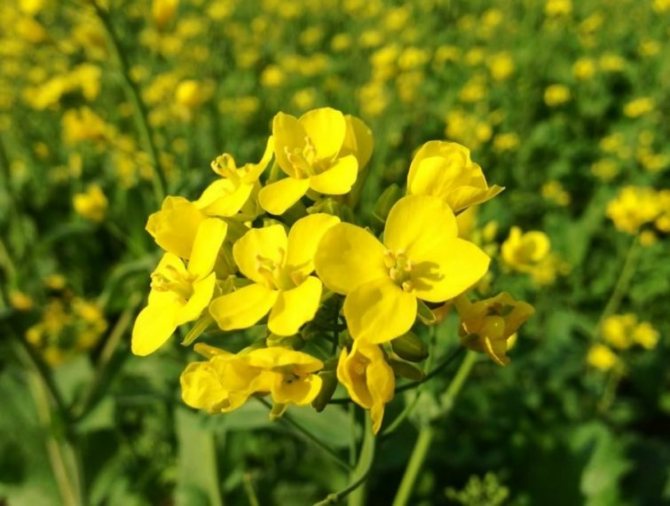

Mustard is an annual herb of the Cruciferous family (Cabbage, Brassicaceae). The genus of Mustard is numerous; varieties are most often used as green fertilizers: white, Sarepta, black.
White mustard (Sinapis alba) is an excellent green manure plant, surpasses organic fertilizers (manure, humus) in many properties.
It is unique for its chemical composition and action:
- releases glycosides into the ground (sinigrin, sinalbin – up to 2.5%) – specific substances that disinfect the soil, inhibit the growth of weeds;
- 1% essential (mustard) oil disinfects the soil, prevents infection of the future crop with black leg, root rot, rhizoctonia (black scab of tubers), scab;
- up to 38% of the seeds contain fatty oils, phospholipids, triglycerides – the energy sources of the plant, are involved in the regulation of metabolic processes;
- up to 10% of proteins and minerals that feed the depleted soil and support the vital activity of beneficial microorganisms in the soil, ensure the full development of the plant;
- 3% of the enzyme myrosin breaks down glycosides into glucose, potassium sulfate and essential oil;
- mucus (glycosaminoglycans) – cell secretion, a viscous substance with an antiviral effect;
- oleic, linoleic, arachidic and other acids protect soil and plants from ultraviolet radiation, are responsible for the growth and renewal of cell complexes;
- leaves contain carotene and ascorbic acid – a natural antiseptic and antioxidant;
- the leaves contain up to 25% of micro and macronutrients – phosphorus, nitrogen, potassium, etc.
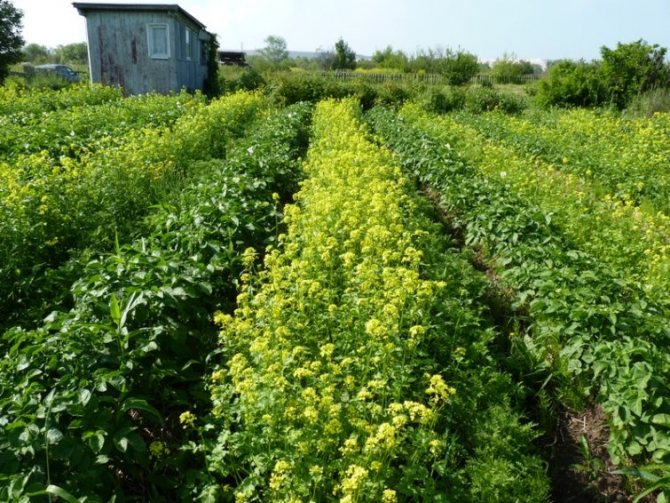
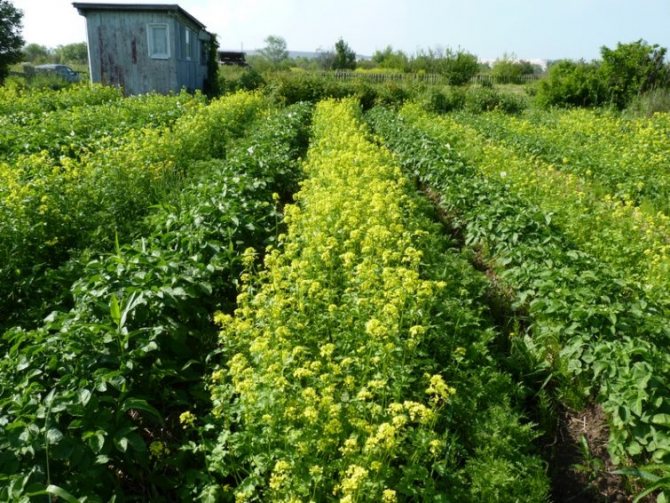
The use of mustard is multifunctional:
- freshly cut young tops are used as nutritious fodder for livestock;
- used in the food industry (oil, spices, herbs, conservation, baking);
- medicine and pharmacology (production of mustard plasters, warming ointments);
- traditional medicine (remedy for toothache, bronchitis, jaundice, intestinal disorders, neuralgia, rheumatism, etc.);
- cosmetology (masks, hair and body products);
- used in beekeeping as a honey plant; sugar in the nectar and pollen of mustard flowers – up to 20% (honey productivity is 40 kg of honey from 1 hectare of crops).
In India, the white mustard variety is grown as a garden crop; in winter, young leaves are eaten as a vegetable.
Why sow green manures in the garden in the fall
The land should not stand black and uncovered, because in nature it is protected: in summer – by greenery (weeds), in spring and autumn – by dry grass and fallen leaves, in winter – by snow. And only in the fields, in gardens and in the ashes, the earth is empty. Siderata on our plots are cereals and the same weeds, but agronomists have selected species that have a set of positive properties, as well as are easy to grow and harvest.
What are the benefits of green manure, including those sown in the fall:
- Cover empty areas, protecting the soil from weathering and erosion.
- They create a crop rotation where the same crop is constantly grown.
- They restore fertility: some green manures accumulate nitrogen taken from the air at the surface; others with powerful roots pull phosphorus and potassium to the arable layer from the depths. Moreover, after plowing green manure, all macro- and microelements from them pass into the soil.
- They improve the structure of the soil by penetrating it with roots. After cutting, the roots rot, but in their place a system of capillaries remains, through which air and moisture enter the ground.
- They serve as phytosaniters: they suppress fungal diseases and scare away pests.
- Dense thickets of green manure do not allow even the most annoying and tenacious weeds to develop, they will not grow, they will not be sown again with seeds, next year there will be fewer problems with weeding.
- Siderata, overgrown and remaining in the winter, will serve as snow retention, and in the spring – as mulch, which prevents the soil from drying out.
- Winter green manures emerge from under the snow and continue to grow until thermophilic crops are planted. In the early days for seedlings, they will serve as curtains that protect against wind, heat and even frost, and after mowing they will turn into mulch and humus.
The best autumn green manure
Oats. In most Russian vegetable gardens, the soil is clayey, dense, poorly drying out, which leads to root rot. Oats have a strong root, which passes through the clay, creating a porous structure. The soil begins to “breathe”, to ventilate, which has a detrimental effect on putrefactive fungi. This green manure is a good precursor for cucumbers, squash and pumpkins.

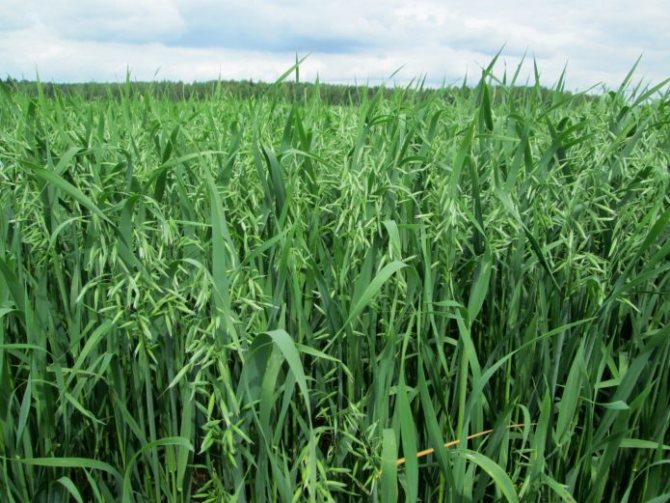
Oats develop strong roots that can loosen the most dense soils
Mustard is a fast-growing, cold-resistant green manure with phytoncidal properties. It fights against fungal diseases (fusarium, late blight, rot), scares away the wireworm, therefore it is ideal for sowing in a potato field. And potatoes for many Russians are the main and favorite culture. Mustard should not be sown before and after cabbage crops.
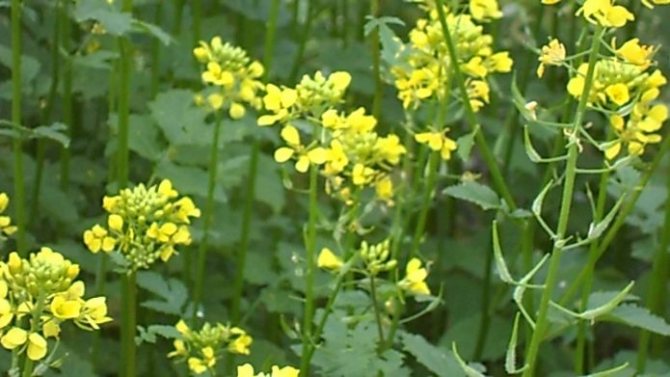
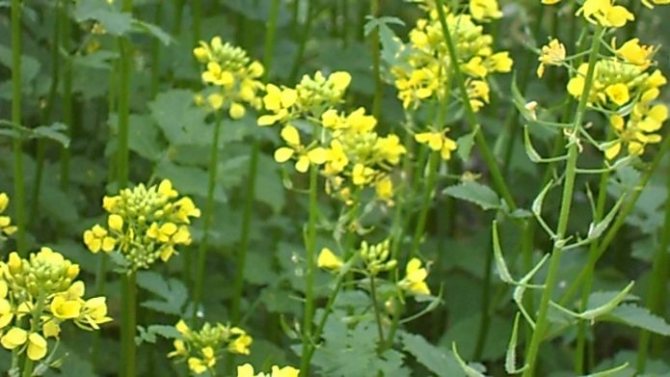
A well-known representative of cabbage, mustard is an excellent phytosanitary
Phacelia does not belong to any family grown in the garden, therefore it is an excellent predecessor for any vegetable. And this plays into our hands: there is no need to think about where to sow it. Siderat actively grows bushes, its leaves are fluffy and delicate, rot very quickly after cutting, enriching the earth with macro- and microelements.
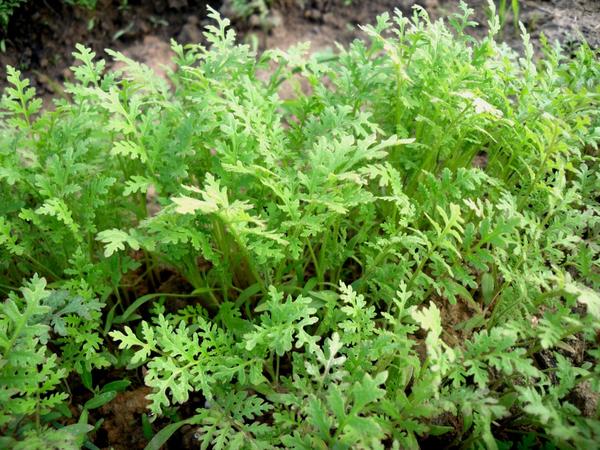
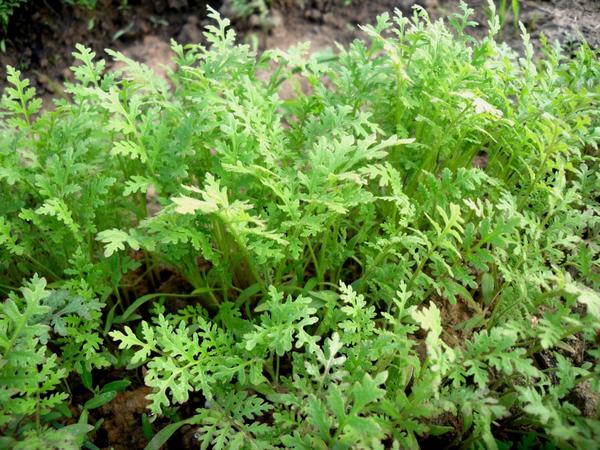
Universal green manure – phacelia: wherever planting – everywhere benefits
Winter vetch belongs to the legume family. Sown in the fall before the cold weather, it manages to grow shoots that can survive the winter. In the spring, green manure will continue to accumulate nitrogen at the roots, thereby preparing the soil for planting any seedlings.
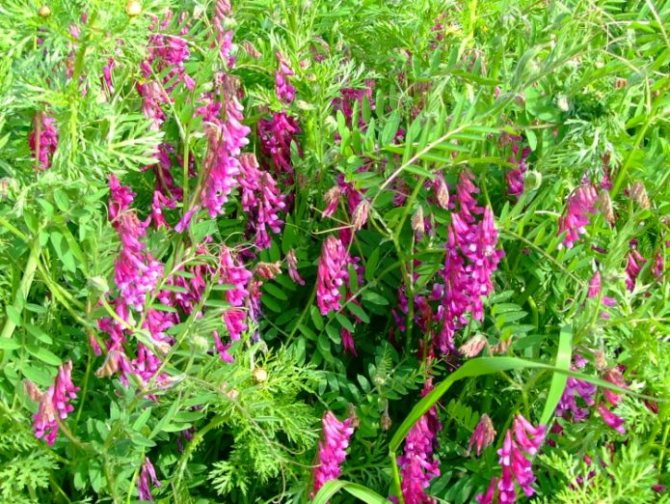
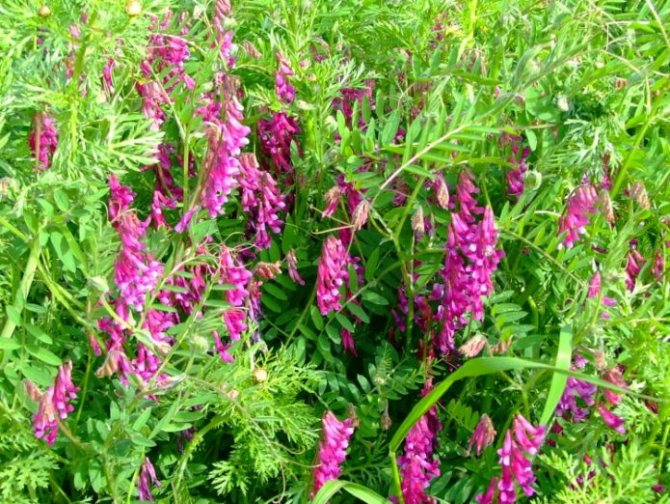
The winter vetch will emerge from the snow in early spring and will enrich the land with nitrogen necessary for the growth of young vegetable crops
Winter rye, like all green manure, loosens the soil, displaces weeds, etc. But its main merit is the destructive effect on fungi of diseases and nematodes. These microscopic parasites accumulate in the ground and severely harm potatoes and perennial flowers. From the earliest spring, winter rye will continue what it began in autumn – to clear the land. It will become the best predecessor for potatoes, pumpkins, tomatoes, zucchini, cucumbers, tulips, daffodils, phlox, bergenia, etc.
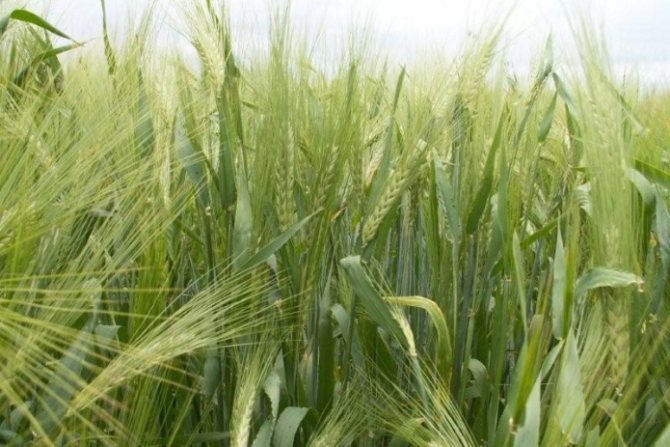
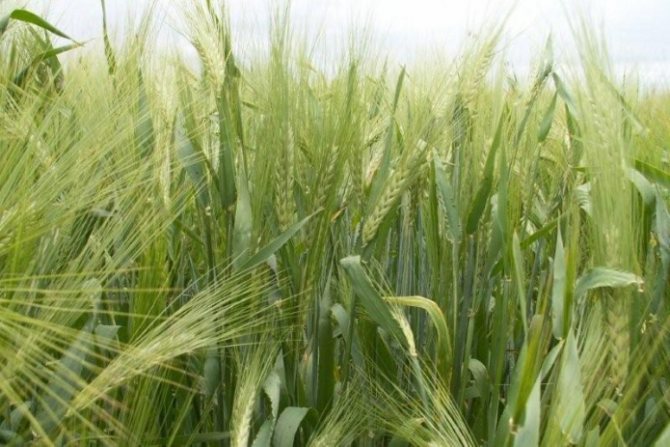
Winter rye will rid the area of a dangerous pest – nematodes
Planting instructions
Siderata, like any plant, consume food from the earth. If the soil on the site is scarce, vegetables and weeds grow frail on it, then the green manure will be the same. Therefore, before sowing them, apply a complex fertilizer, for example, nitroammofosk – 30 g / m 2. Fertile soil, which has yielded both a rich harvest and powerful weeds, does not need to be fertilized with anything.
- Dig on a shovel bayonet or just loosen the top 5 cm of soil. The latter option is practiced by lovers of natural farming.
- Sow into grooves 2–4 cm deep, cut 10–15 cm apart, or simply fan the seeds. Crops should be dense so that the seeds lay in solid stripes. Rarely grown siderates will not be able to compete with weeds.
- Level the furrows, and for solid sowing, use a rake to stir the seeds into the soil.
- Be sure to water the dry ground, otherwise the green manure will not sprout, the seeds will remain so until the cold weather. If it is not possible to water, then follow the weather forecast, sow on the eve of rains.
What to do with greens before winter
Experts in agriculture have been arguing and arguing on this topic for many years, and they cannot come to a consensus.
I still haven’t decided for myself when it is better to cut weeds and green manure. On the one hand, if mowed while they are green, rich in carbohydrates and nitrogen, they rot faster, and all the nutrition goes to plant growth and harvest.
If the weeds grow to frost, dry out and lay dry on the soil in the form of excellent, non-caking mulch, then in this form the weeds give the soil lignin and cellulose, which forms a loose long-playing humus. And the roots, working all season, loosen the soil and saturate it with their secrets longer and in greater volume.
Gennady Raspopov, doctor and gardener with 40 years of experience, author of books
Book “Eco-delivery”, article “Siderates and fertility. Myths and Reality “
This opinion of a respected gardener gives freedom of choice:
- Oats, mustard, phacelia can be sown and forgotten. They will grow on their own, freeze in winter, in the spring you will rake the dust with a rake and sow what you need. But you can cut them before flowering when growing to a height of 15–20 cm and embed them in the soil to obtain humus, or leave them lying on the surface as mulch.
- Winter rye and vetch can be done in the same way: mow in the fall, close up or leave it alone. In the latter case, they will come out green from under the snow in the spring and continue to grow until you remove them (dig up or mow and lay them down) to make room for vegetables.
Most often, nature makes the choice for us: if the green manures have time to grow before the cold weather and the earth has not yet hardened, and the gardener will have the opportunity to come to the site in late autumn, then you can smell it. But the fact that the siderates simply overwinter without embedding will also be beneficial.
Siderata are sealed into the soil with a shovel – they dig up the earth, like with manure, or cut it off and mix with the top layer of the earth using a flat cutter or a hoe.
Video: mowing green manure with a gas cutter and seeding with a motor-cultivator
Siderata are good in autumn because they do not overgrow the site with difficult-to-remove weeds. In addition, the soil will be loose and almost ready for sowing in spring. Many gardeners do not dig after the green manure, they just remove them and make rows or holes in this place for their cucumbers and tomatoes.
When to plant mustard to improve the soil
Growing mustard is quite easy, especially if you have experience in gardening. It is worth planting seeds in the spring. The plant is quite resistant even to the frosts of the early spring season. Also, a great time to plant is late summer or early autumn, so that the mustard has time to develop well, but keep in mind that you should plant it only after collecting early vegetables. Before winter, you can also sow. But it is in the spring that you will learn a good result by sowing the seeds very thickly. Since the roots of mustard are thin and wide, they will sprout over most of the soil and will not allow weeds to appear, they simply have nowhere to grow. Mustard will become too strong a competitor for weeds and will not give them a chance to appear on the site.
We recommend reading:
Fitosporin M – use of the drug
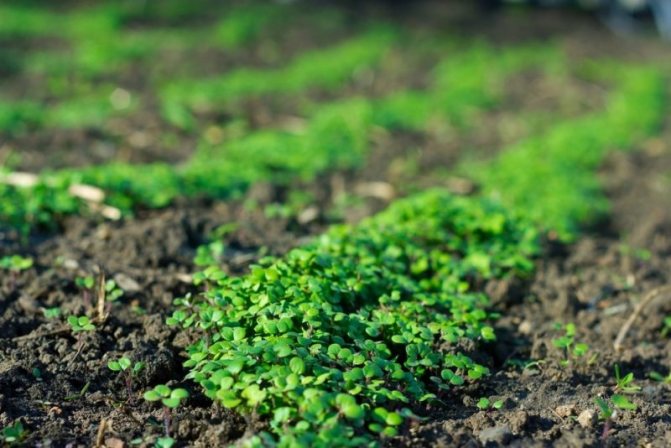
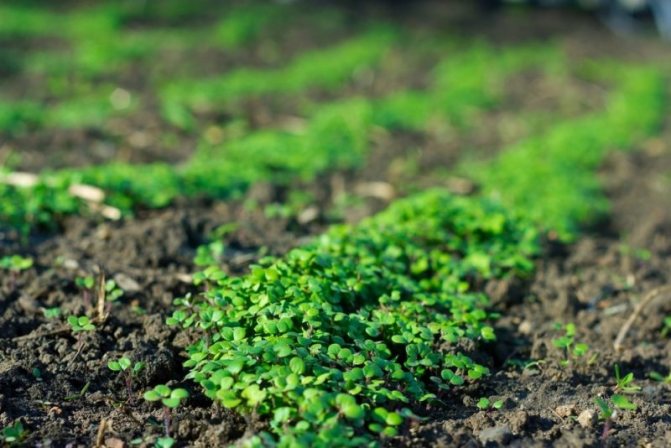
The process of planting mustard in the fall
And so, as you understood, it is best to plant mustard in early spring, then the plant will have time to grow and prevent the appearance of weeds, while enriching the soil. Or choose a later season, before winter, when you have collected all the early vegetables. The seeds are small, so they need to be sown closely, but in rows with a distance of 10-15 centimeters. If you are worried about the seeding volume per row, then measure out about 300 grams of seeds, if you need to sow a large area, if the garden is small, then take 100-15 grams. When the mustard grows above twenty centimeters, you can think about how to start cutting it. In general, it is worth collecting the plant while it is still green, you can easily mow it, which will not allow it to become very coarse. It is also worth making sure that the mustard does not give seeds and does not sow your garden again.
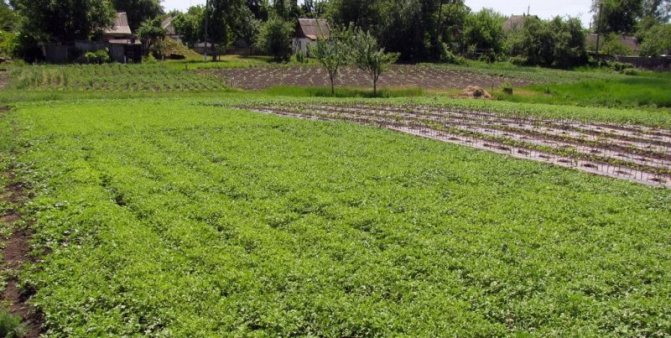
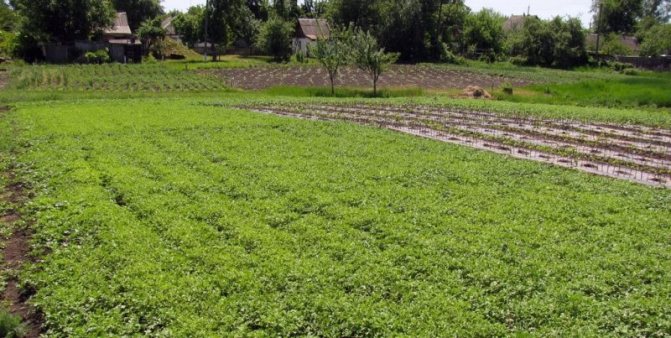
What green manures can be sown in the fall after harvesting
Adding an article to a new collection
What can replace the classic fertilizers from the store? Proponents of organic farming are familiar with such an alternative as green manure. When, how and what green manure to sow in the fall – we will tell in today’s article.
When soil fertility decreases, this affects not only the quantity, but also the quality of the harvested vegetables, fruits and berries. Some of them become smaller and tasteless.
There can be many reasons for reducing soil fertility, but the most common are the following:
- You are constantly planting the same crop on the same piece of land. Potato beds, which rarely change their location, are a good example in many areas. Meanwhile, different plants consume nutrients from different soil layers. Therefore, with the alternation of crops, the soil has time to partially recover. But if you do not observe the crop rotation, then you are simply depleting the land on your site. Why hope for a good harvest? In addition, when plants of the same family grow in one place for several years, diseases and larvae of pests accumulate in the ground, which infect these crops.
- You constantly burn plant residues right on the beds and think that ash is good for the soil. Yes, ash is an excellent organic fertilizer and pest control agent. But do not forget that by burning weeds on bare ground, you destroy its structure and destroy microflora useful for plants.
- Water or wind erosion. At first glance, you are not at all to blame, but, on the other hand, if you sowed green manure at the site of the harvested crop, the soil would be reliably protected from these adversities.
The conclusion is quite clear: the reason for the depletion of the soil is the lack of care of the owner of the site. But do not be upset, because everything is fixable, and now we will move from indiscriminate accusations to the simplest way to solve the problem – planting green manure in the fall.
Calendula enriches the soil with beneficial organic matter and provides additional protection against wireworms and nematodes. This plant is excellent for use as an autumn green manure.
Suitable plants
To obtain the maximum effect, gardeners often use green manure mixtures:
- Legumes. They enrich the soil with nitrogen and “fix” it in the soil. When planting 2-3 years in a row, the result does not differ from the use of manure or humus.
- Cereals. Improves the texture of the soil and its organic composition, heals the soil.
- Cruciferous. Due to the high content of essential oils, they repel many pests. Neutralize excess nitrates in the soil.
What green manure plants are suitable for autumn planting:
- Mustard leaf (white). Siderat – “orderly” with pronounced disinfecting properties. It is especially effective in combating rot fungi, phytophthora, scab, rhizoctonia. Scares away the larvae of the click beetle (wireworm). Greens saturate the substrate with nitrogen, phosphorus, potassium, sulfur. Also, when planting for 2-3 years, it significantly improves the quality of acidic clay soil. It takes about a month to build up a sufficient amount of green mass.
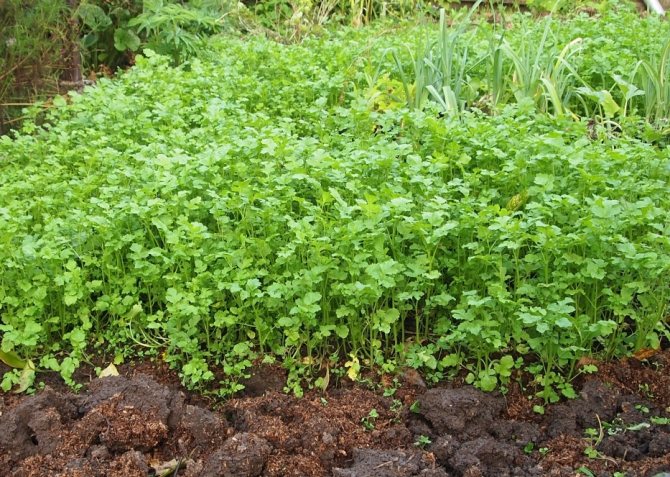

Mustard greens grow at a very fast pace. - Melilot is white and yellow. It takes root on any soil, even on very depleted, sandy, clayey, saline, overgrown with weeds. Enriches the soil with nitrogen, phosphorus and potassium, deeply loosens it. Cold and drought resistant, scares away wireworms and nematodes.
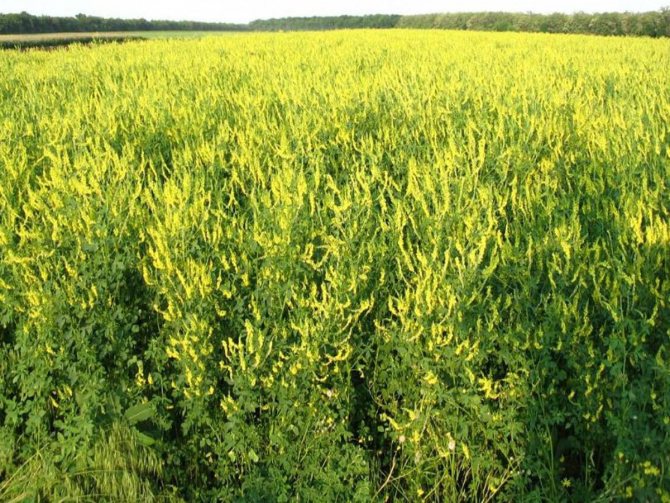

Melilot can be planted even on a substrate of very poor quality. - Rye. Effectively and deeply loosens even heavy substrates. When sowing for several years, it normalizes the acid-base balance of acidified soil. Even against the background of other siderates, it stands out for its unpretentiousness and frost resistance. It is useful in the fight against nematodes and rot fungi.
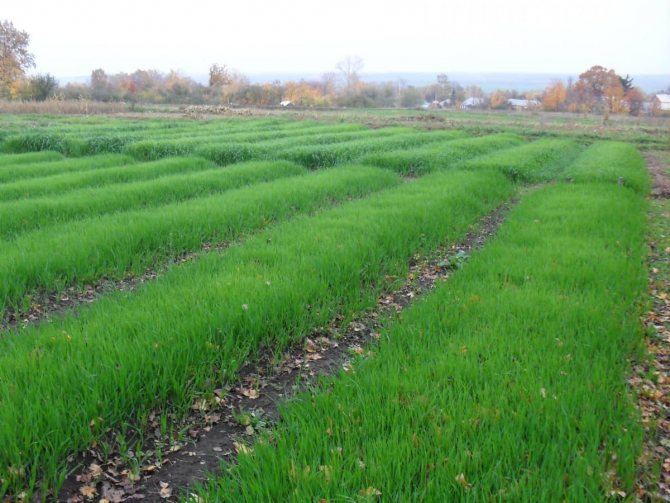
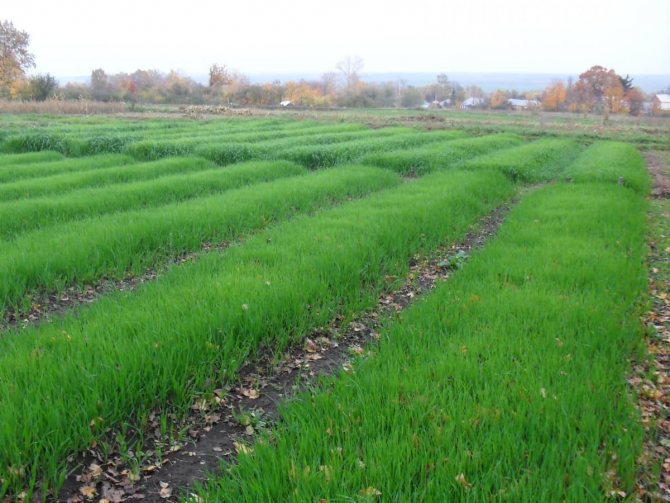
Rye effectively neutralizes the acidity of the soil - Lupine is blue, yellow and white. Very frost resistant. Long (up to 2-3 m) roots effectively loosen the substrate. The plant gradually (over 3-5 years) neutralizes the acidity of the soil. The smell scares off slugs, moth. It grows quickly and can be mowed within 5 weeks after planting.
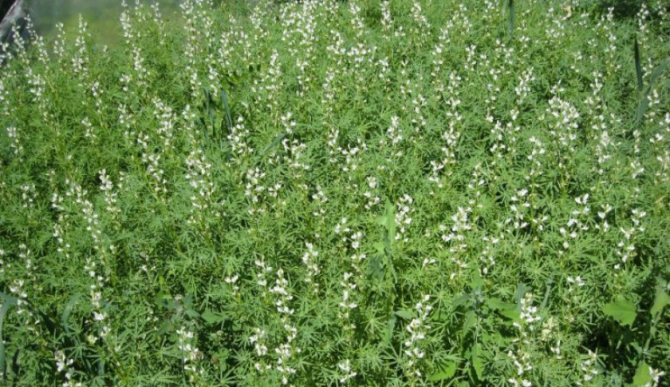

The roots of white lupine go several meters into the soil, effectively loosening the soil - Rape. It loosens the substrate, improves its quality, saturating it with nitrogen, phosphorus and sulfur. Increases a very large volume of green mass, prevents weed growth. It repels many pests living in the soil.
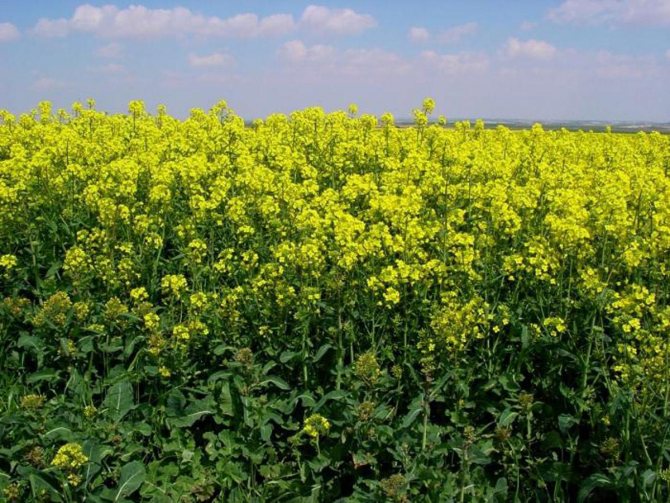

The greenery left after mowing the rape is enough both for embedding in the soil and for mulching - Alfalfa. Enriches the soil with nitrogen, at the same time it is suitable for neutralizing high acidity. Scares off the nematode. Grows poorly on clay and stony soils, hygrophilous. Alfalfa is more demanding on the quality of the substrate than other green manure
- Oats. Recommended for improving the quality of heavy clay substrate – it becomes lighter and more breathable. At the same time, rot fungi are destroyed. Often oats are planted in tandem with vetch, which saturates the substrate with nitrogen, preventing the growth of weeds (intertwining stems cover the garden with a continuous “green carpet”), erosion.
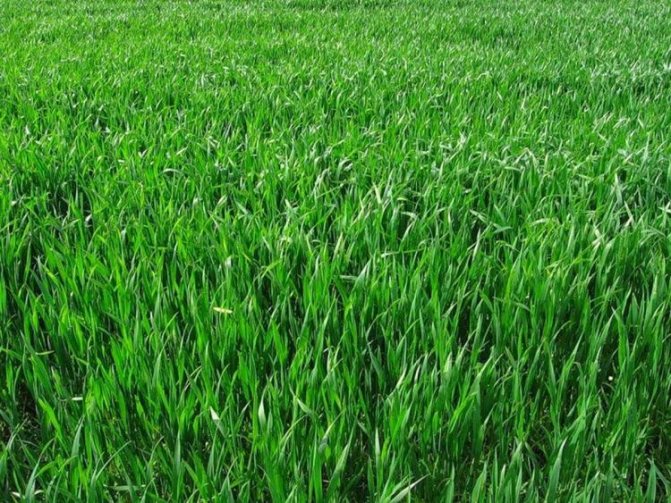
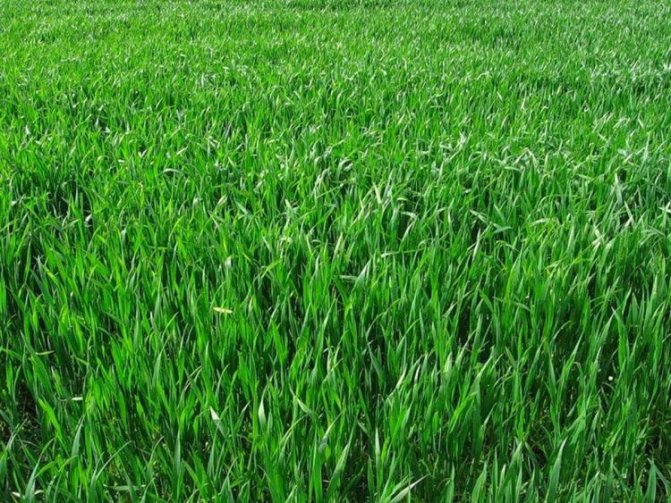
Oats (especially together with vetch) are very useful for refining heavy soils - Barley. Like any cereal, it neutralizes the development of rot. Powerful branched root system prevents weed seeds from germinating. Suitable even for very depleted soil, effectively ennobles it in 3-4 years.
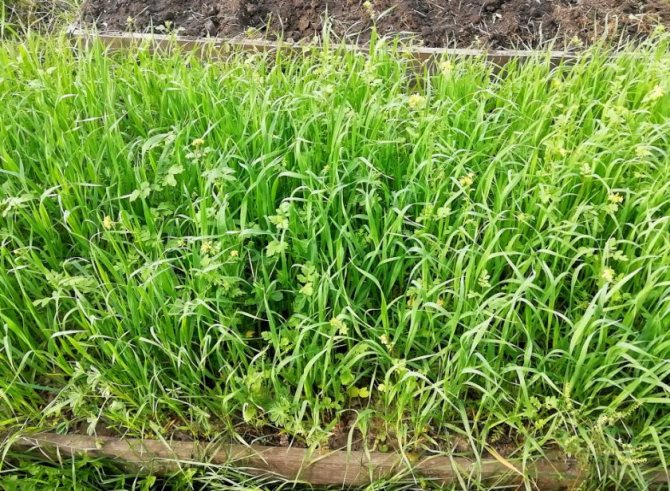

Thanks to its powerful roots, barley “strangles” other shoots in the garden, preventing weeds from developing - Phacelia. Universal green manure suitable for all types of soil. Neutralizes excessive acidity of the soil, thereby making it an unfavorable environment for many weeds, nematodes, wireworms. It can be planted not only before winter and spring, but also during the season, between the rows of major crops.

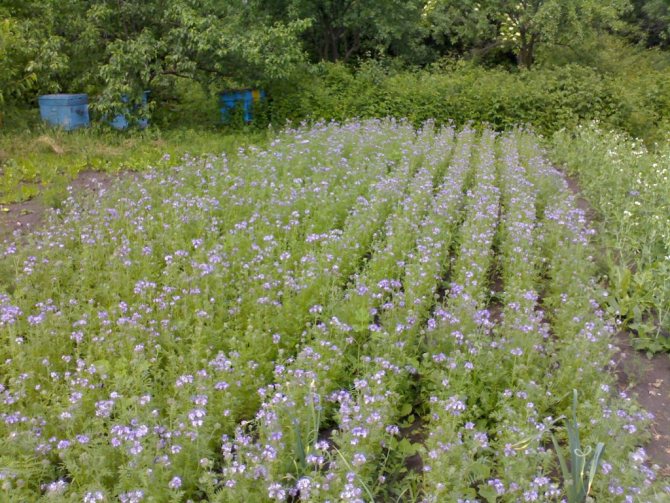
Phacelia – a green manure suitable for any substrate - Oil radish. It rapidly builds up large volumes of green mass. Hardy, extremely unpretentious. It is most effective in refining heavy loam. It repels soil pests, suppresses the development of putrefactive and bacterial diseases.

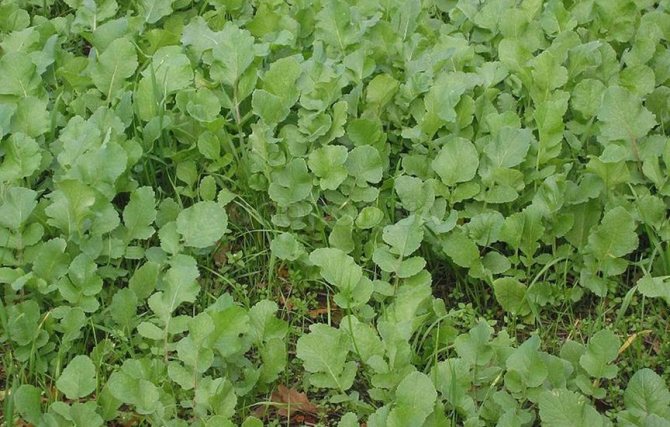
Oil radish, due to the high content of essential oils, repels many pests from the beds
Video: green manure suitable for autumn planting
What are siderates?
In fact, green manures are effective organic fertilizers that grow in your garden beds. These plants can be sown between the main crops, but most often they are sown when the main crop has already been harvested and the empty areas are rapidly invaded by weeds. To prevent this, as well as to enrich the soil with nutrients, plants with a powerful root system are planted, which quickly build up green mass.
Lupine is able not only to decorate your site, but also to prepare the soil for planting cucumbers, tomatoes, peppers, zucchini, eggplants and potatoes
Most often, legumes are used as siderates (field peas, soybeans, lentils, clover, spring vetch, annual lupine, alfalfa, sweet clover), plants of the cereal family (spring oats and barley, winter rye and wheat varieties, millet), as well as phacelia , sunflower, marigold, buckwheat, amaranth, etc.
Why do we need green manure for a vegetable garden in the fall
Mustard will be your ally in the fight against nematode, as well as a good predecessor for corn, potatoes and winter crops
If you are a supporter of organic farming, then you will probably appreciate sowing green manure in the fall as the easiest and most inexpensive way to restore soil fertility, because green manure is capable of a lot:
- they loosen the soil;
- enrich the land with useful substances, increasing its fertility;
- help protect the site from scab, various rot and even some insects;
- do not allow the ubiquitous weeds to grow;
- mown green manures are successfully used as a mulching material;
- frost-resistant green manures, planted between the beds of the main vegetable crops, can reduce the damage from return spring frosts;
- winter green manures well retain snow, and hence moisture in your area.
Vicat (mouse peas) helps loosen the soil, suppresses weeds, and is a good precursor for beans, beets and carrots.
Сonclusion
Why choose mustard as the main green manure material? Let’s name the main advantages of this herb:
- Mustard is a crop that can easily absorb and process any non-soluble nutrients into readily available ones. By doing this, it enables other plants to develop well and fully ripen.
- Prevents nutrients from leaching into the subsoil, leaving them available in the surface layers of the soil.
- Siderat is able to perfectly loosen the ground, structure and drain it.
- Mustard helps to increase air permeability and moisture holding capacity.
- Promotes essential health and nutrition of the soil.
What green manure is better to sow in autumn
Siderata can be sown all season, but autumn sowing has some peculiarities. In particular, you need to choose suitable frost-resistant plants that can properly prepare the soil for next year. But the most important principle that should be followed when choosing green manures for a vegetable garden in the fall is that you cannot plant plants from the same family on the same site several times in a row. For example, cruciferous rapeseed should not be planted before and after its distant cousin, cabbage.
Rape will prepare the soil for planting carrots, beets, beans, zucchini, pumpkin, cucumbers, tomatoes, sweet peppers and eggplants, and will also prevent viral and bacterial rot
What are the best siderates to sow in the fall? Suitable for autumn sowing:
- mustard,
- rape,
- oil radish,
- peas,
- Vika,
- clover,
- phacelia,
- alfalfa,
- calendula,
- nasturtium,
- annual ryegrass.
On waterlogged soils, saradella and lupine have proven themselves well. Some gardeners also sow rye, oats and other cereals as subwinter green manures.
But before sowing an empty garden bed with green manure, decide what plants you will grow on it. After all, the main culture and the predecessor-siderat should not be representatives of the same family.
| Botanical family | vegetable crops | Ciderates |
| Legumes (nitrogen accumulators) | Beans, beans, peas, soy | Clover, spring and winter vetch, sowing and field peas, lupine, fodder beans |
| Cabbage (cruciferous) | All types of cabbage, mustard, radish, radish, turnip, rutabaga, press salad | Mustard, oil radish, spring and winter rape, rape |
| Celery (umbrella) | Carrots, parsnips, parsley, celery, cumin, dill, fennel | – |
| Hydrophiles | – | Phacelia |
| Nightshade | Tomatoes, potatoes, eggplants, peppers | – |
pulse
(vetch, broad beans, peas, lupine, clover, alfalfa, lentils)
Buckwheat
Cereals
(oats, rye, barley, annual ryegrass)
Cruciferae
(mustard, rapeseed, rape, oil radish)
| Ciderates-predecessors | Benefits for the soil | Subsequent cultures |
| Enrich the soil with nitrogen readily available to plants | Tomatoes, peppers, eggplants, cucumbers, potatoes, cabbage, radishes, pumpkin, zucchini, radish | |
| Reduce soil acidity, enrich it with phosphorus and potassium | All crops except rhubarb, sorrel and spinach | |
| Saturate the soil with nitrogen and potassium, increase its moisture permeability, help get rid of the nematode | Tomatoes, peppers, eggplants, potatoes, cucumbers, zucchini, pumpkin | |
| Enrich the soil with potassium and phosphorus, help get rid of nematodes, slugs and wireworms | Tomatoes, peppers, eggplants, potatoes, cucumbers, zucchini, pumpkin, carrots, parsley, dill |
The Borage family, to which the phacelia belongs, is not related to any of the garden crops we grow. Therefore, phacelia is a universal precursor for most plants.
When to sow green manure in autumn, spring and summer
Siderata can and should be sown during the entire gardening season – in early spring, summer, autumn and before winter.
And not only in the fall, although most summer residents are used to sowing exactly after the harvest, and not before or together with vegetable crops.
- Autumn (before winter) . After harvesting the main crops, green manures are sown throughout the site to restore soil fertility. During this period, it is most promising to sow winter varieties of siderates, for example, the same rye or oats , which go under the snow and grow in spring (in the fall they form a root system, and in the spring the green mass is already growing). Also suitable for autumn sowing are lupine, vetch, oilseed radish, phacelia, buckwheat and mustard .
As for the specific dates for the autumn sowing of green manure, the best month is September-early October.
- Of course, green manure plants are also planted in spring . So, they are sown at least 3 weeks before planting the main crops. Moreover, the seedlings can be planted directly in the green manure, without first mowing them. In this case, green manure will be able to protect young plants from frost, but subject to additional cover with the same spanbond. And after the return frosts have passed, they will need to be mowed and removed from the garden, or left as mulch.
Advice! In order for the earth to warm up better, it is better to remove the mowed tops, and then, after 1-2 weeks, return to the beds.
- Summer (for cool regions) or late summer-autumn (for warm regions) . In this case, instead of the main crop, you sow only green manure, because pursue the goal of deeply restoring the fertility of your soil. Alternatively, in 1 season you can completely restore the soil in your garden by first planting phacelia (in May), then vetch (in June), oil radish (in July), white mustard (in August) and – winter rye or oats ( in September-October, before winter).
By the way! You can sow fast-growing green manures (the same peas, mustard) in late summer and early autumn , so that they have time to build up the aboveground mass (green tops), and you can mow them before the onset of frost.
Video: when to sow green manure in autumn, spring and summer
How to sow green manure in autumn
In order to prepare the soil for sowing green manure, the first step is to get rid of weeds, which can later get lost among young plants and clog the area with seeds. If necessary, the earth can be dug to a depth of 20-25 cm, but only if your soil needs it. The seeds are buried by an average of 2-4 cm, before that it is recommended to water the dry soil.
The thicker the better – the basic principle that should be followed when sowing green manure
Siderata are mowed when they reach a height of 20-25 cm, always before the seeds appear, otherwise these plants will turn from helpers into weeds. The green mass is embedded in the soil, decomposing, it will enrich the earth with useful substances.
Sometimes planted before winter and mowed in spring, siderates are left on the soil surface for several weeks. This mulch contributes to the early decomposition of the roots of green manure plants.
How to sow mustard on green manure
For maximum efficiency, you should know some rules on how to sow mustard on green manure . For an annual, a spacious sunny area with soil acidity of 4.5 – 8.2 pH is better suited.
After harvesting the main crop, the garden should be cleared of weeds. It is also recommended to fertilize it with humus. To do this, we introduce top dressing in the amount of 1-2 buckets per 1 sq. M. Some soils require dolomite flour for deoxidation.
How to sow correctly so that the seedlings are of high quality? Mustard is planted using the row method. You can also prepare the beds in advance and fill them with a lot of seeds. It is better to create beds close to each other. In this case, the shoots will be thick and will be able to prevent the erosion of nutrients during rains or watering.
Important! Do not deepen mustard seeds more than 1 cm.
After sowing, it is necessary to harrow the soil. For this, you can use a simple rake. After 3-5 days, the first green shoots will appear. Sometimes gardeners cover the planted area with a film for 3-4 days, and also lightly water it.


